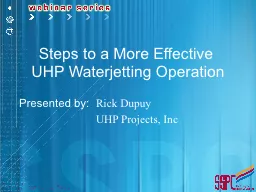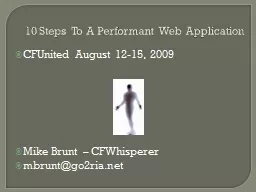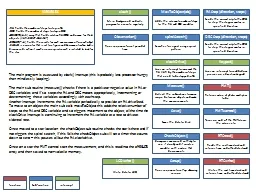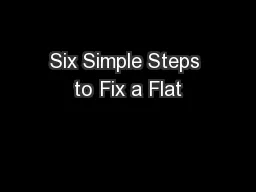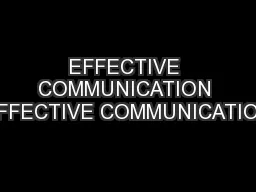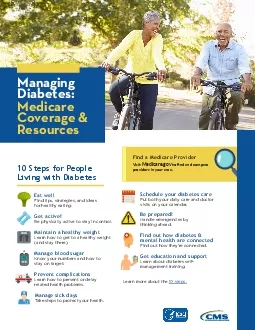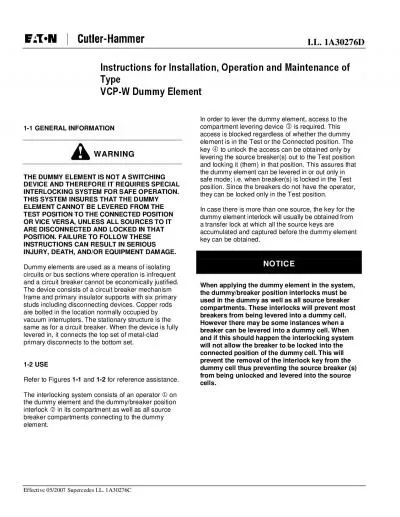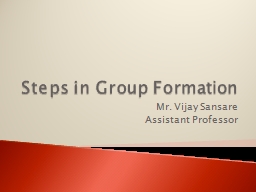PPT-Steps to a More Effective
Author : myesha-ticknor | Published Date : 2017-04-05
UHP Waterjetting Operation Presented by Rick Dupuy UHP Projects Inc Learning Outcomes Describe the purpose of surface preparation and what it includes Using SSPC
Presentation Embed Code
Download Presentation
Download Presentation The PPT/PDF document "Steps to a More Effective" is the property of its rightful owner. Permission is granted to download and print the materials on this website for personal, non-commercial use only, and to display it on your personal computer provided you do not modify the materials and that you retain all copyright notices contained in the materials. By downloading content from our website, you accept the terms of this agreement.
Steps to a More Effective: Transcript
Download Rules Of Document
"Steps to a More Effective"The content belongs to its owner. You may download and print it for personal use, without modification, and keep all copyright notices. By downloading, you agree to these terms.
Related Documents

